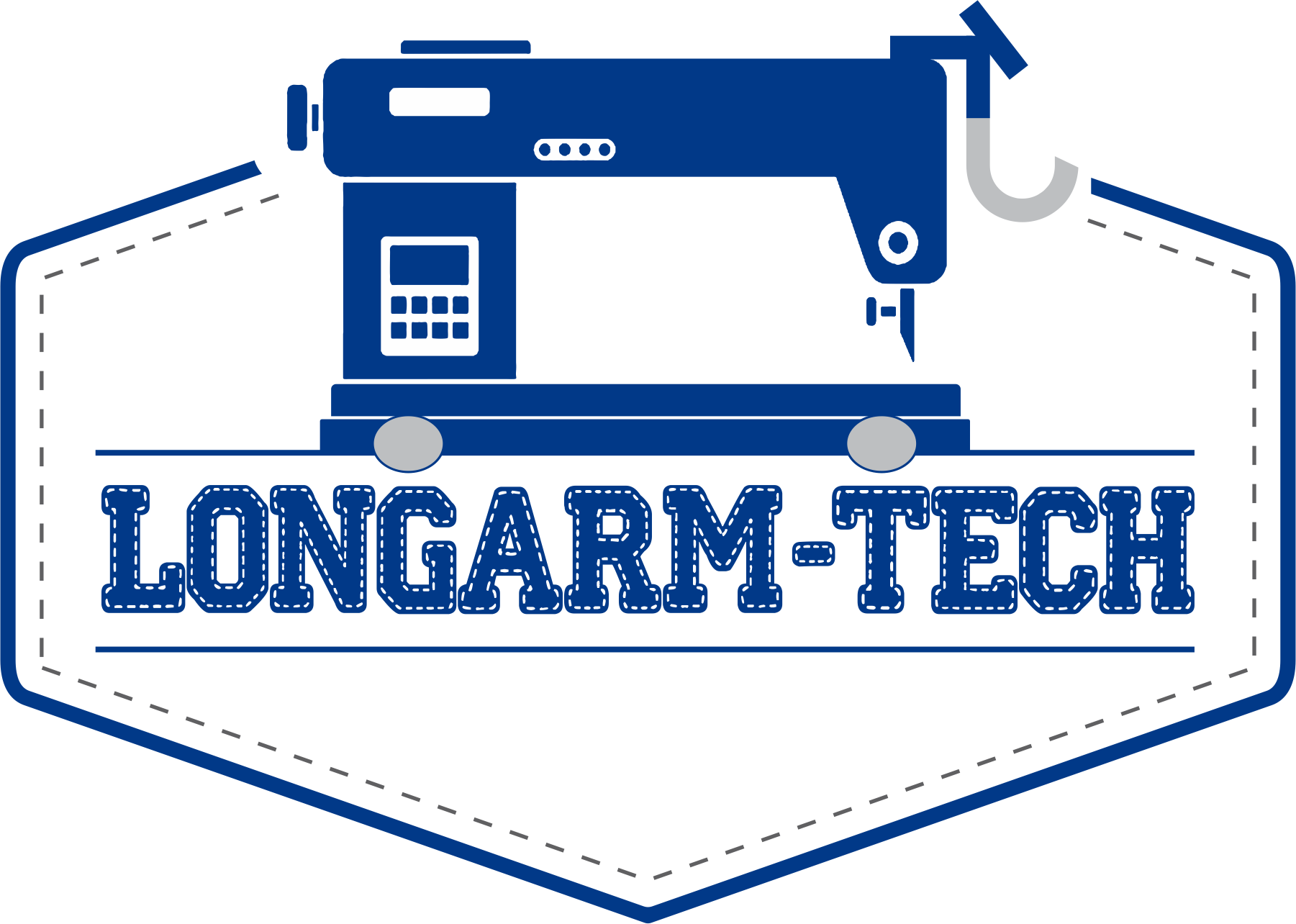Longarm not moving smoothly? Your wheels...might...be….gunky….
I recently visited a longarmer with two longarm quilting machines - Longarm 1 used for free-motion custom quilting and Longarm 2 primarily used with Pro-Stitcher for computerized Edge-to-Edge quilting. The primary issue was a stitch-quality problem caused by an encoder defect which will be covered in a separate posting. The secondary problem was the machine was not smooth when moved slowly for microquilting - 18+SPI.
My first thought was a problem with the Frame - I got out the digital level - the Frame was perfectly level in both axes at every point I tested, and the level/straightedge would not “rock” anywhere - the Frame was absolutely level.
Taking it to the next level, I brought out a self-leveling laser, put a target on the carriage of the longarm, and moved it from one end to the other - the Frame was not only level but Flat - less than 1mm variance over 12 feet. So what gives?
I moved the machine back and forth several times from left to right, front to rear, and could not feel any drag or acceleration that would indicate a Frame flatness issue. Bear in mind - I am not a longarmer - I tell my clients I am the piano-tuner, they are Elton John…so many free-motion longarmers will feel imperfections invisible to me - that’s why the laser and digital level are in play. While I could not feel anything, I heard something - an erratic tick/bump primarily at the right front of the carriage.
I got out my trusty headlight and focused it on the the carriage wheels, and discovered several instances of lint/thread/gunk on the right/front/center wheel with lesser amounts on other wheels (Pic 1).
The customer had a second machine - equipped with a computerized quilting system - I checked it out and found generally less “crud” on the wheels even though on the left-front-center wheel there was a big “blob” of lint and other associated crud wrapped around the wheel. (Pic 2)
I removed the blob of crud, which turned out to be wrapped around the wheel with a piece of thread (pic 3).
Next task was to clean the wheels - a scrap of batting works great - hold it against the wheels while pushing the carriage away from you - (Pic 4)
After cleaning the worst wheel on Machine 1 the “gunk” removed was plainly visible on the batting scrap (Pic 5).
After cleaning the wheels were clean, shiny, and SMOOTH - no variations felt by the quilter, and I couldn’t hear any bumping or thumping.
So….where does the “gunk” come from? Three areas from my experience - and biased towards the front of the machine. 1: lint from both the top thread and bottom thread getting “attached” to 2: very minor amounts of bobbin hook oil that are thrown off or fall off as the hook is cycling, and 3: wayward pieces of thread - scraps from top cuts or dangling pieces when bobbins run out.
A good rule-of-thumb is to clean all the wheels on both your machine and carriage with a scrap piece of batting after every quilt - and in the process look for thread-wraps and remove them if present.
Quilt on!
Do you have questions on this topic or a suggestion for another one you are interested in?






